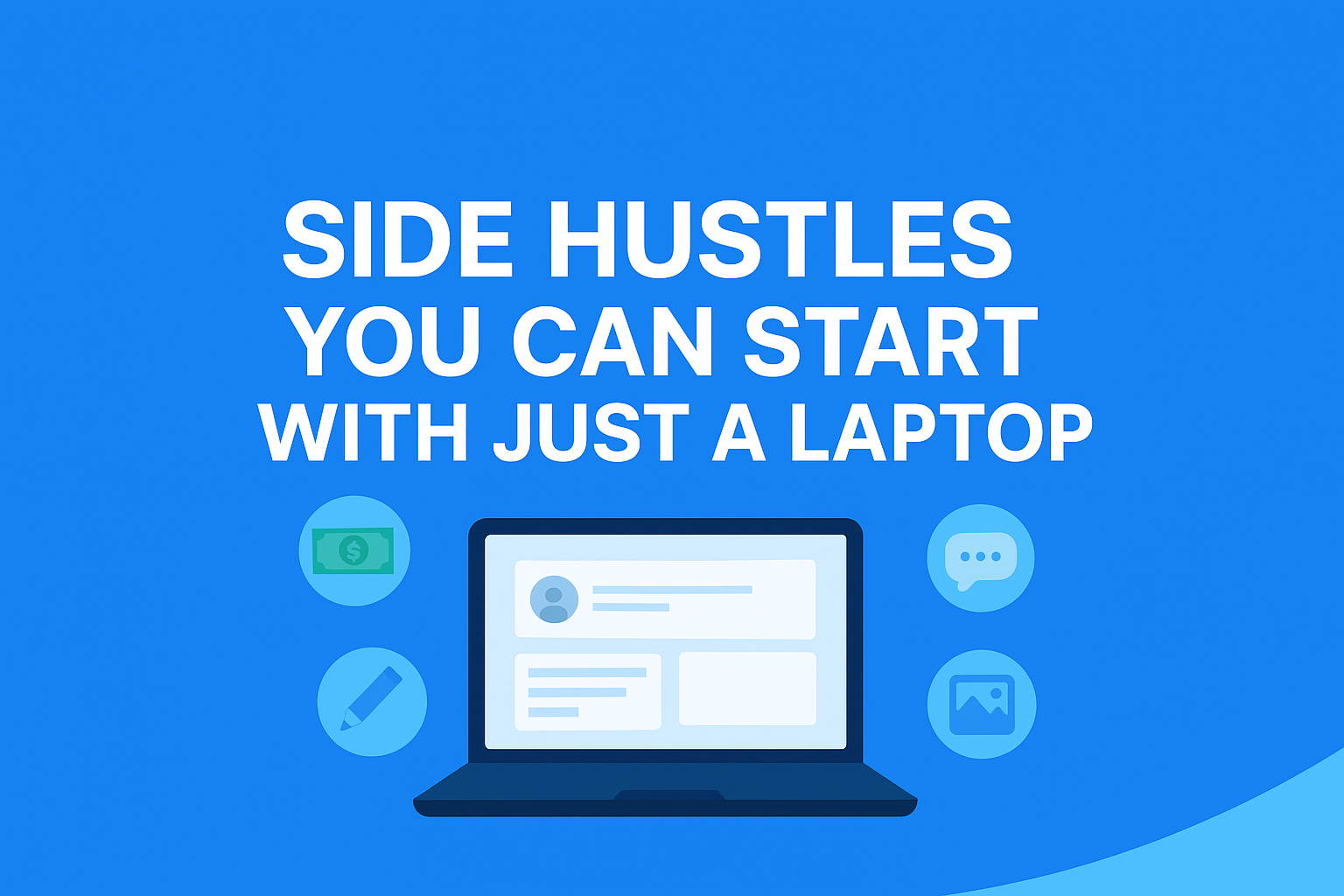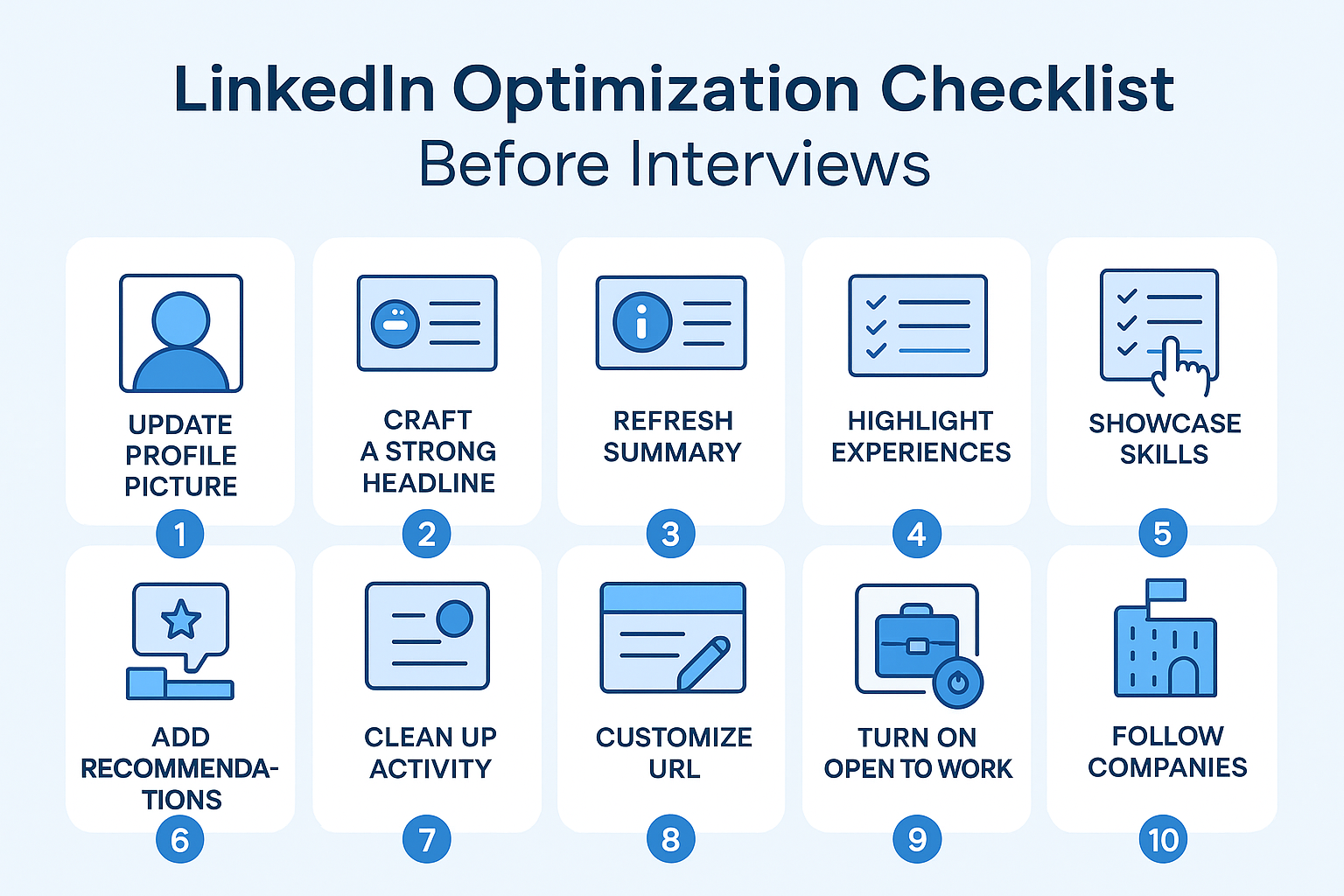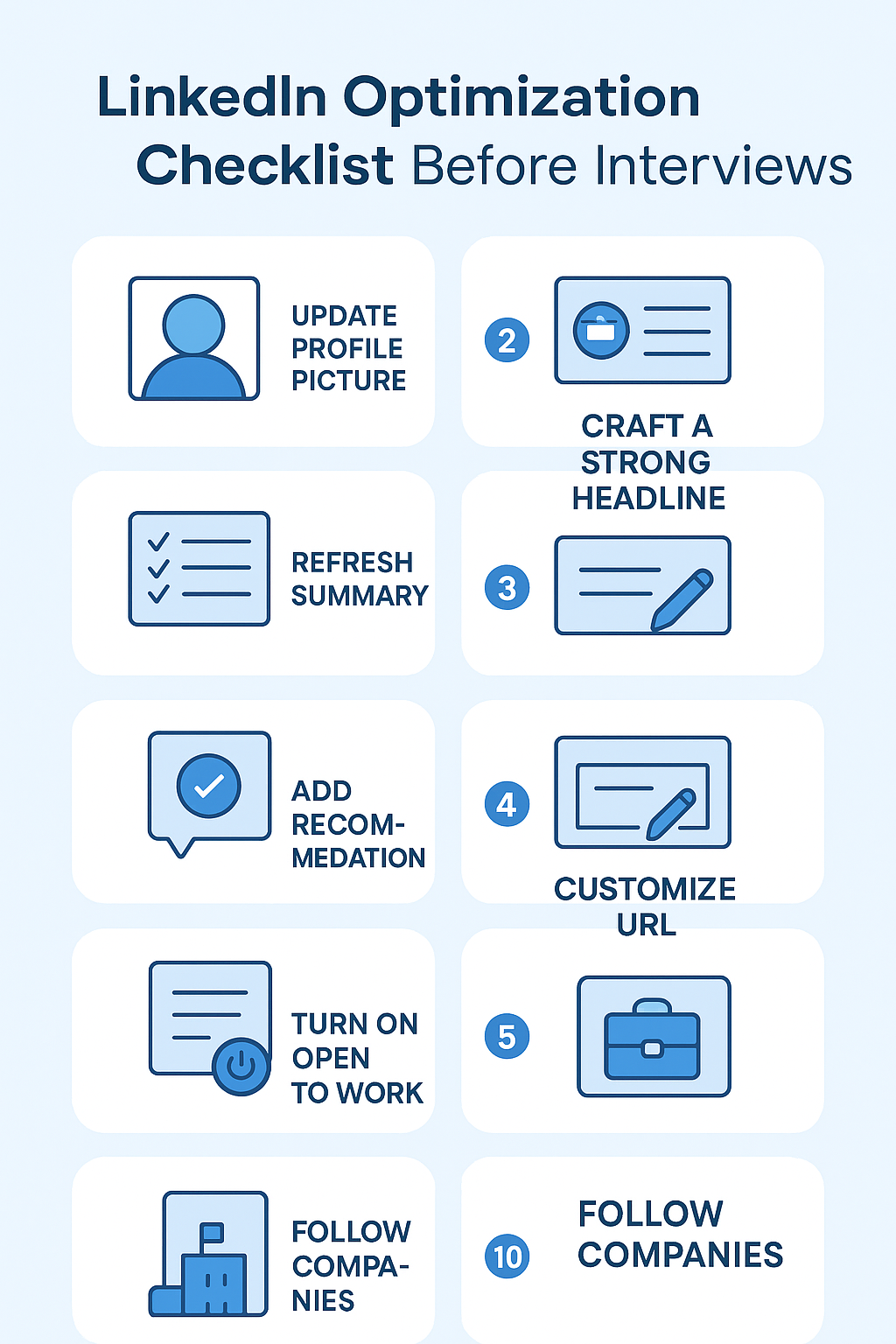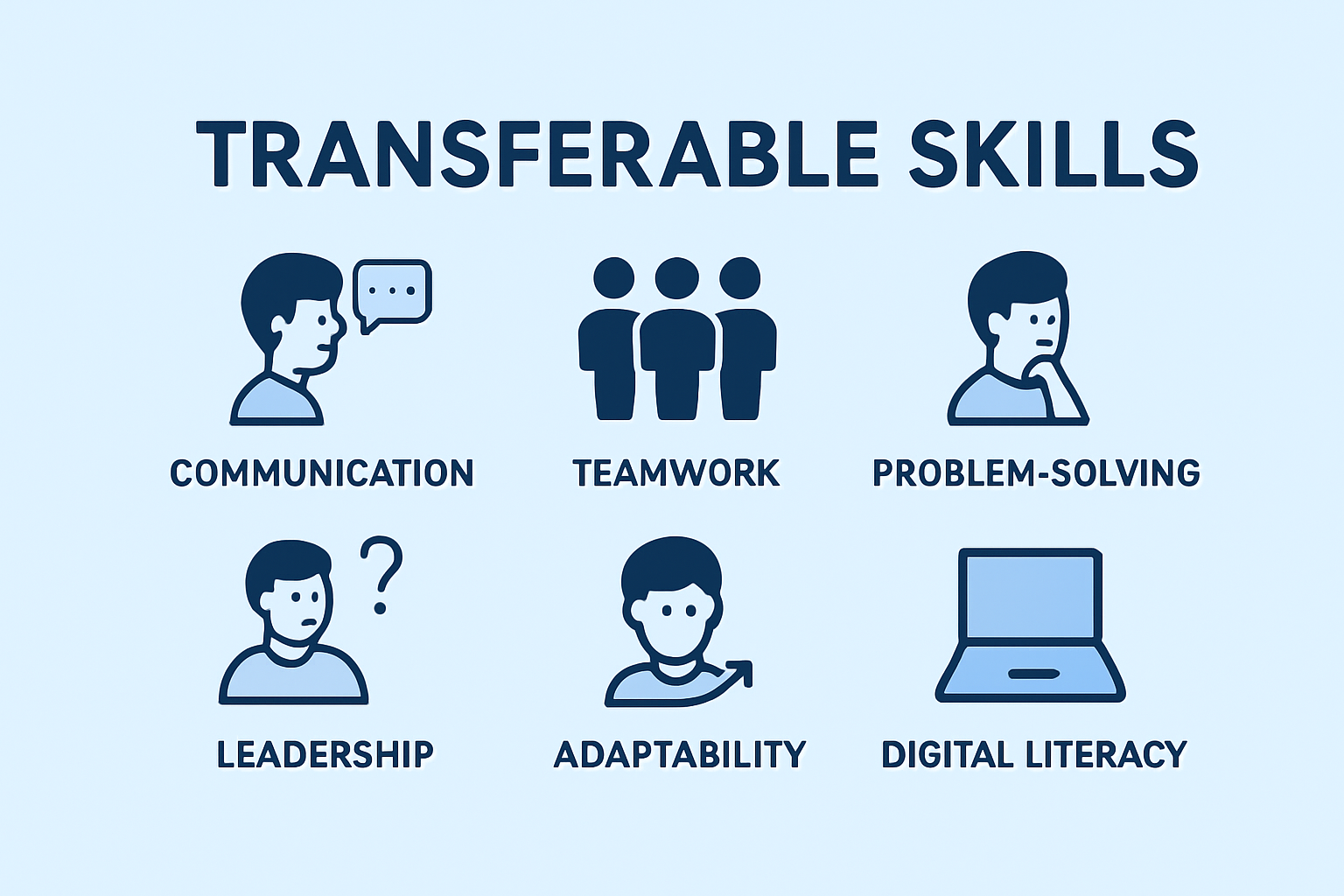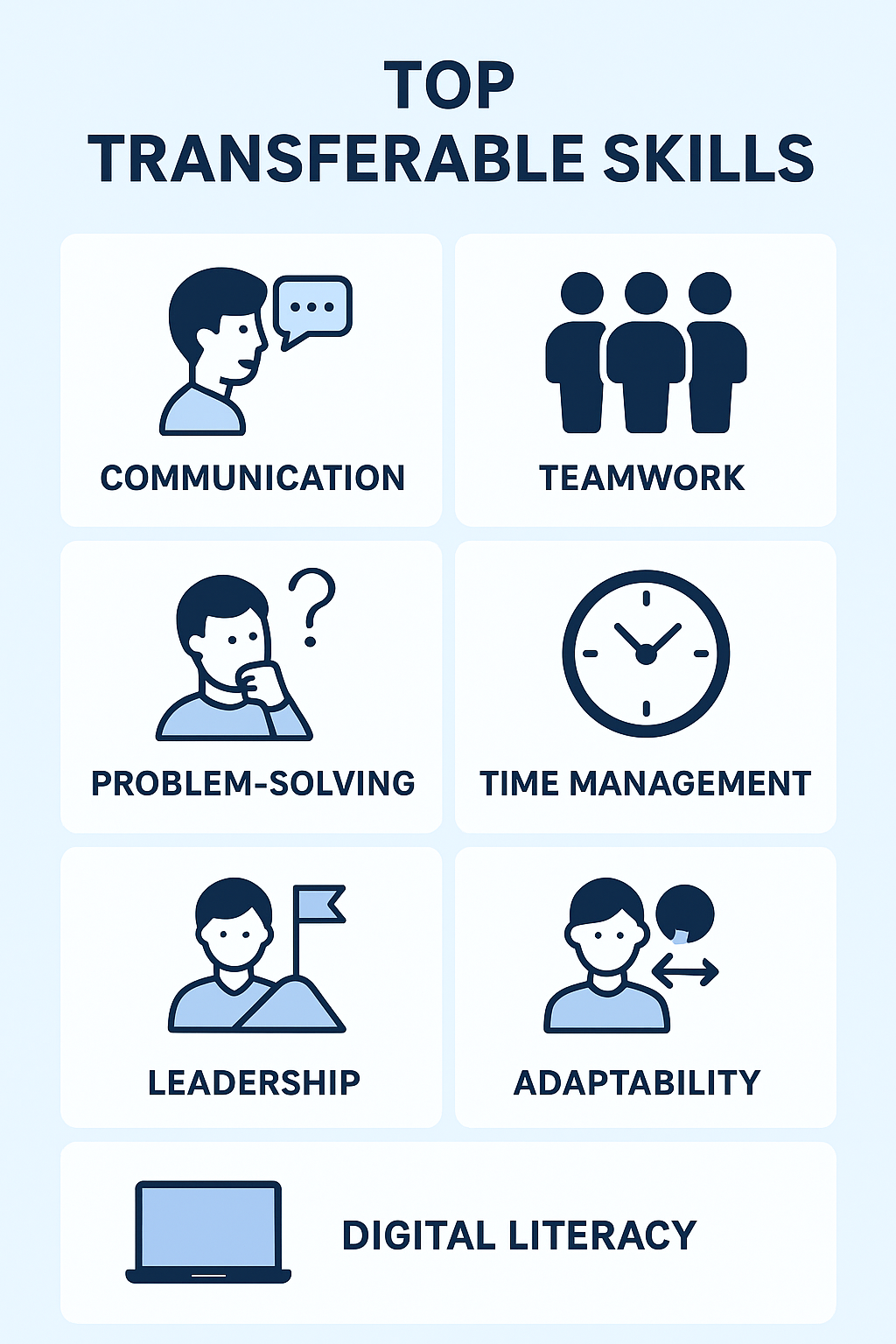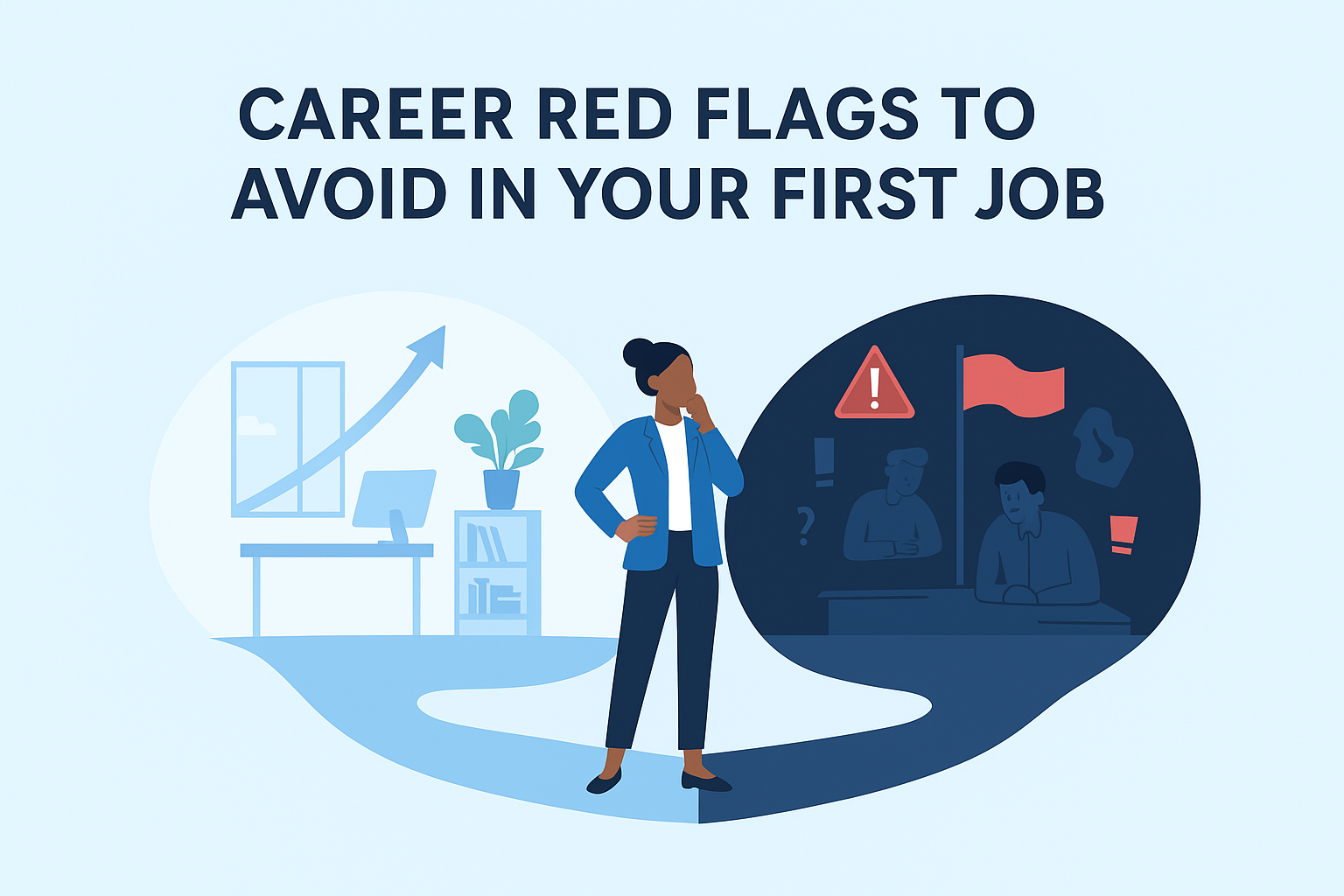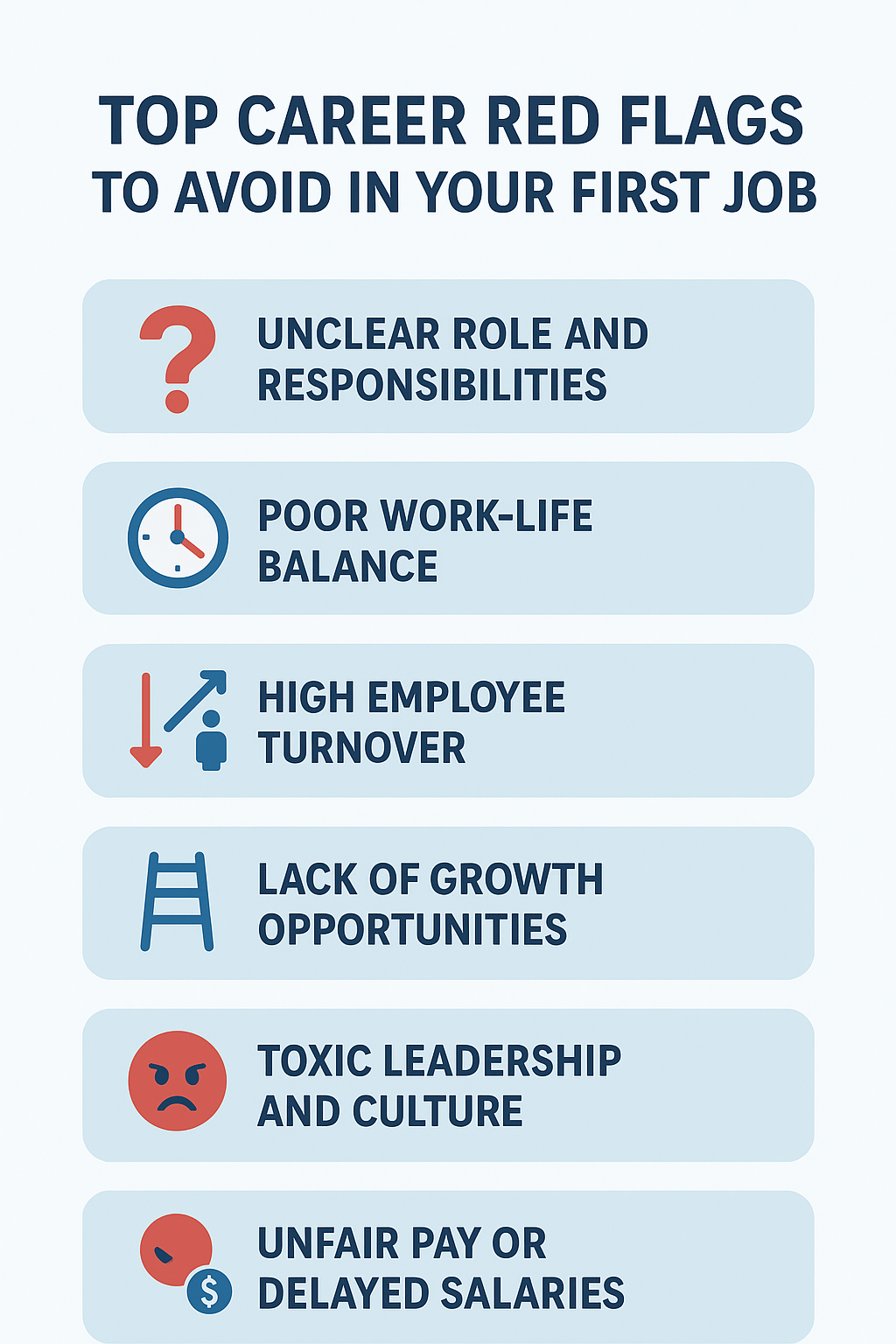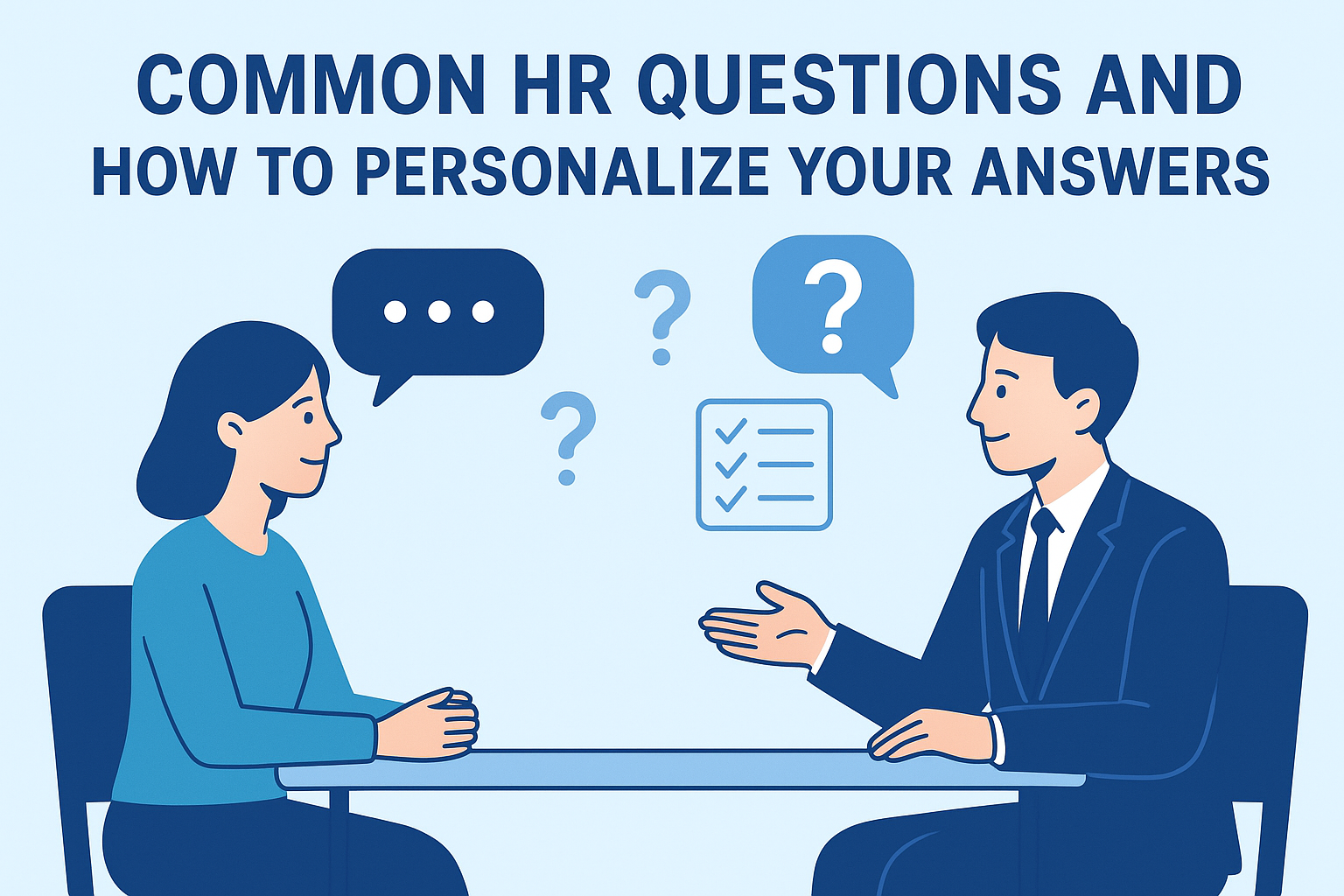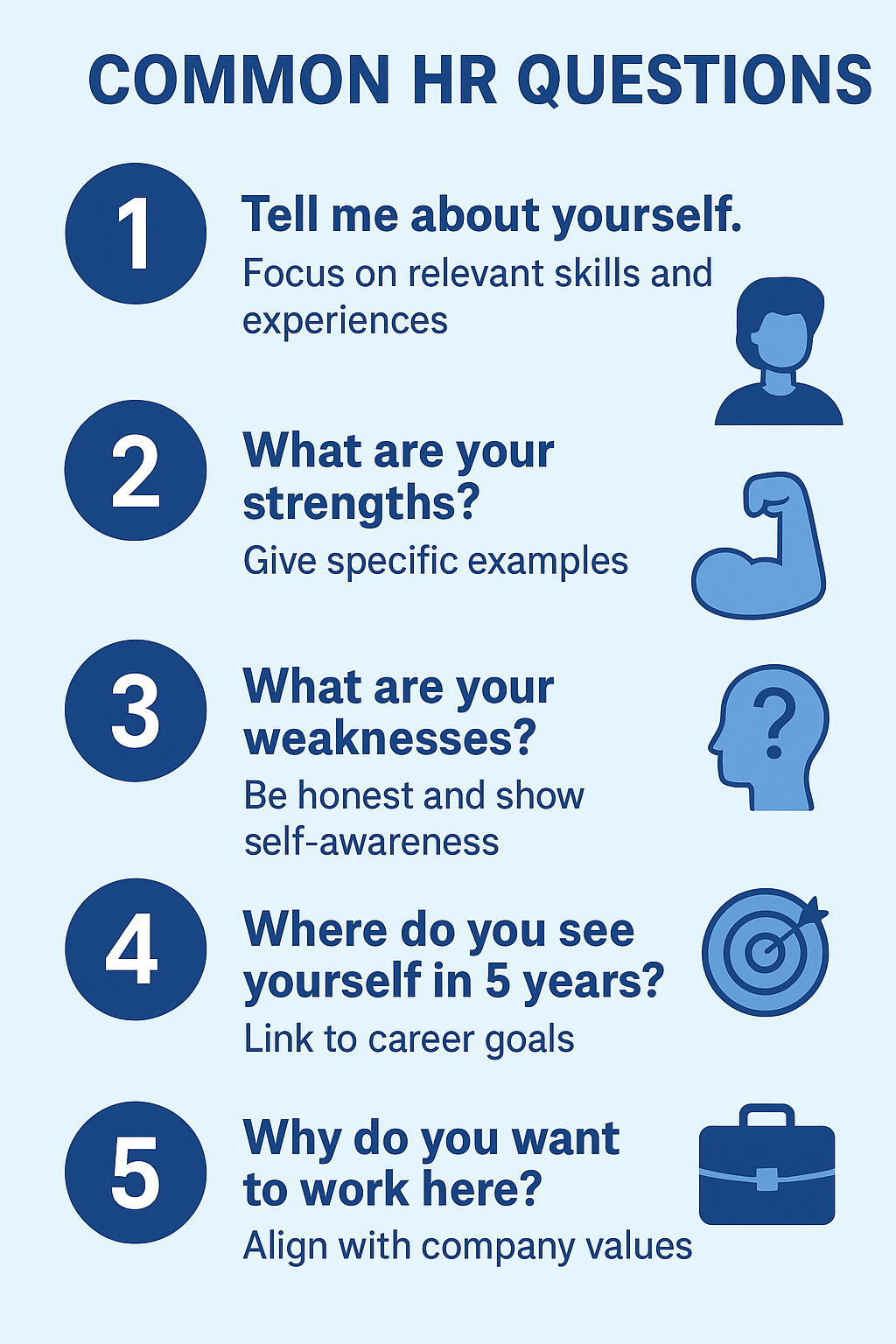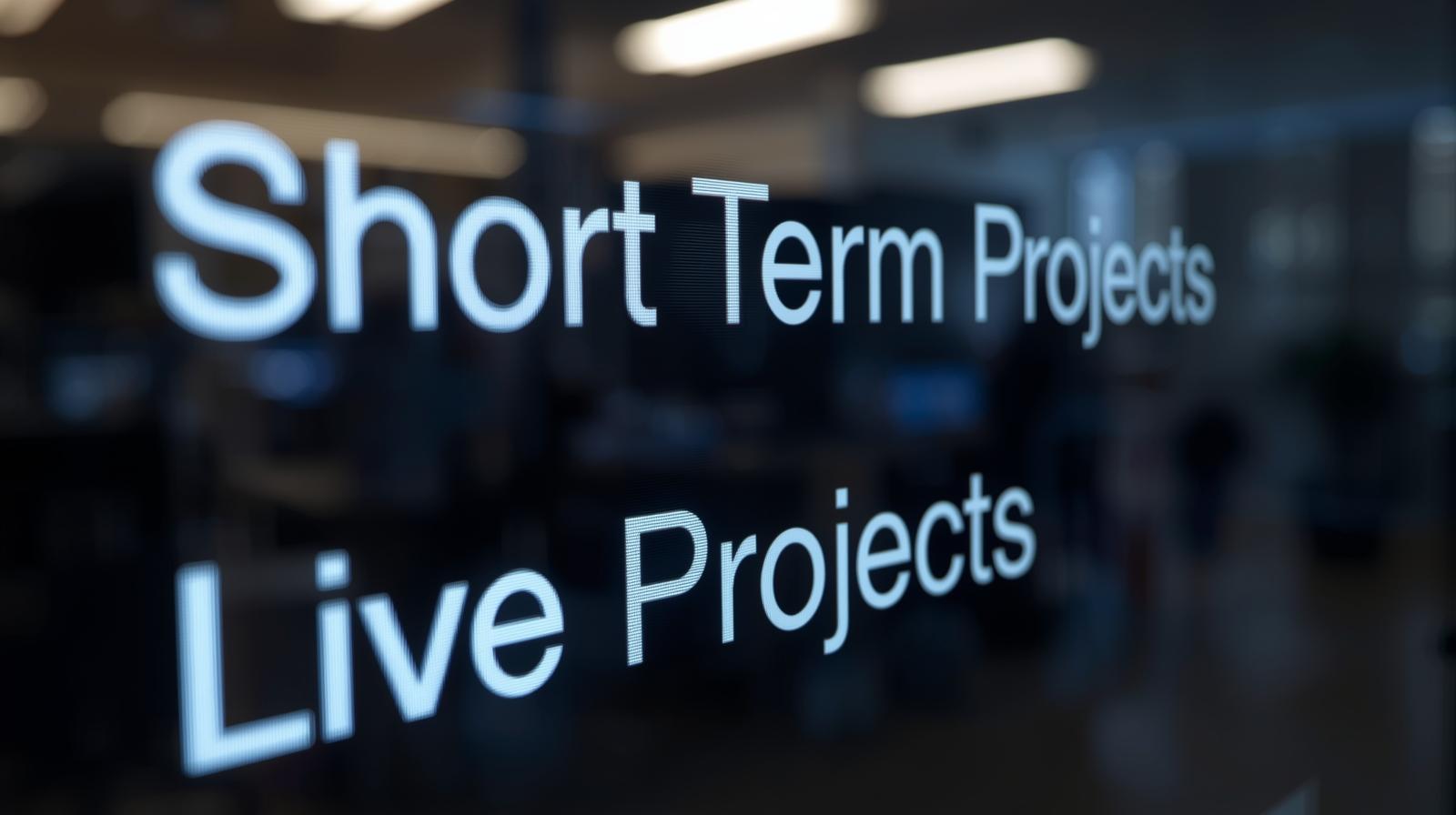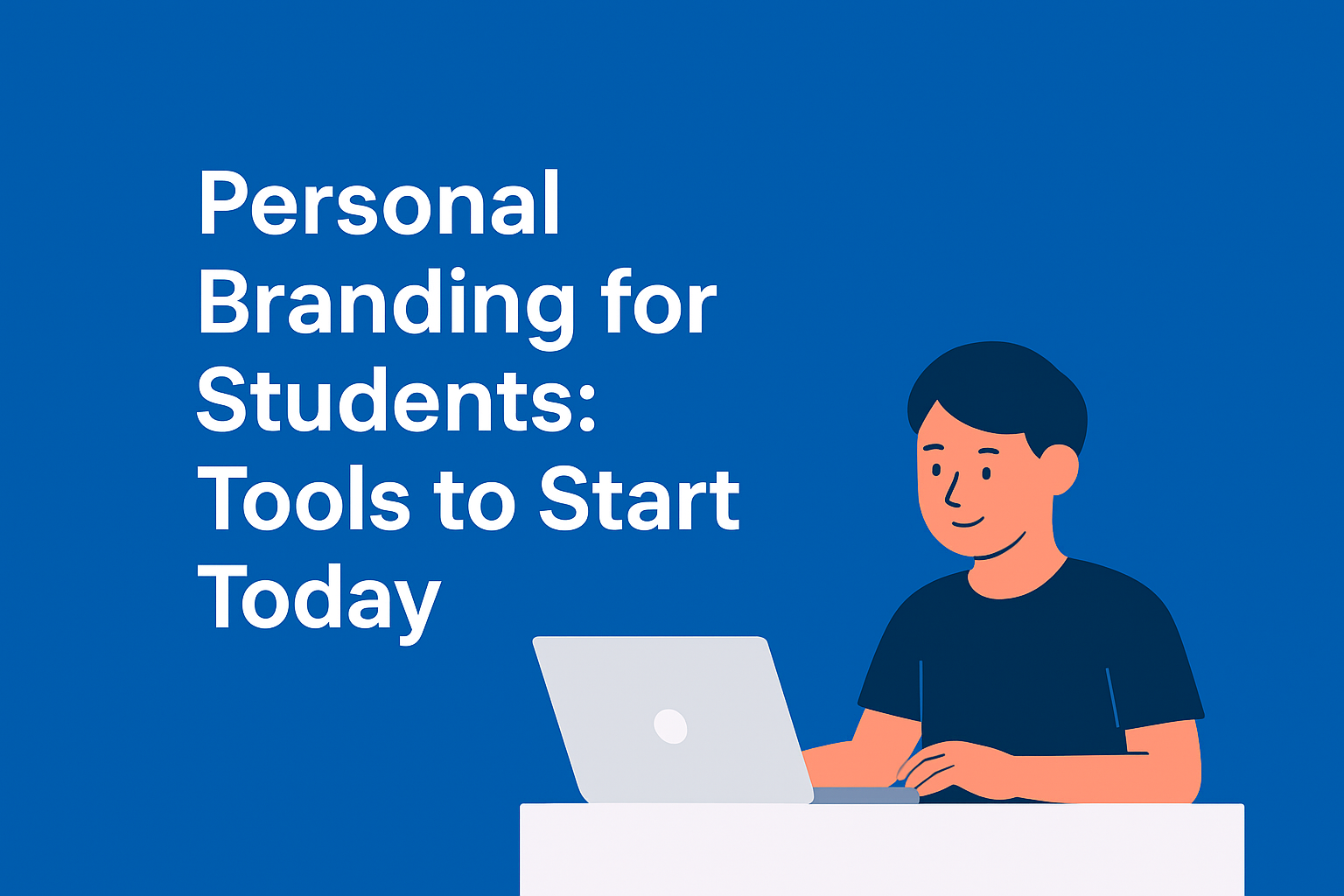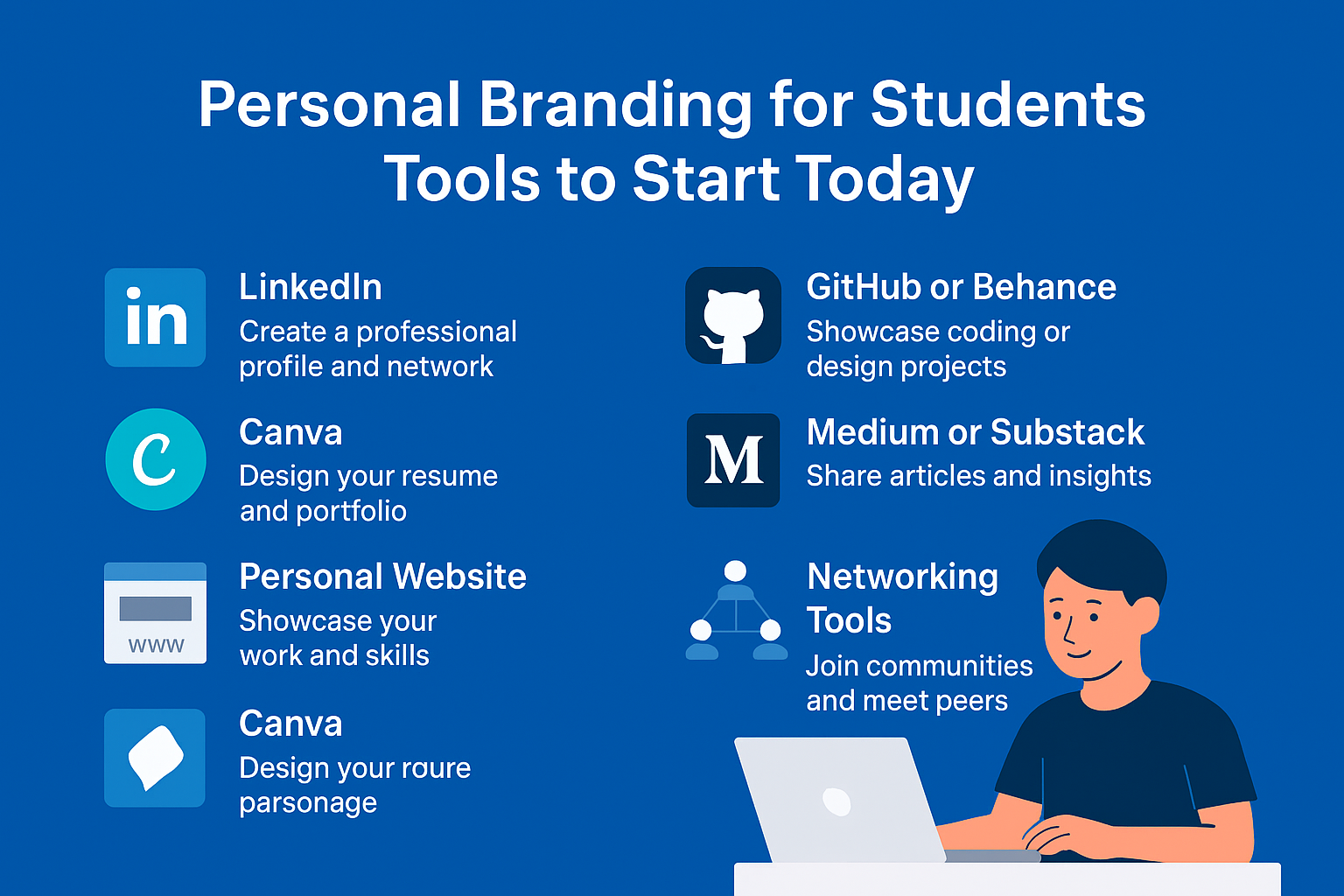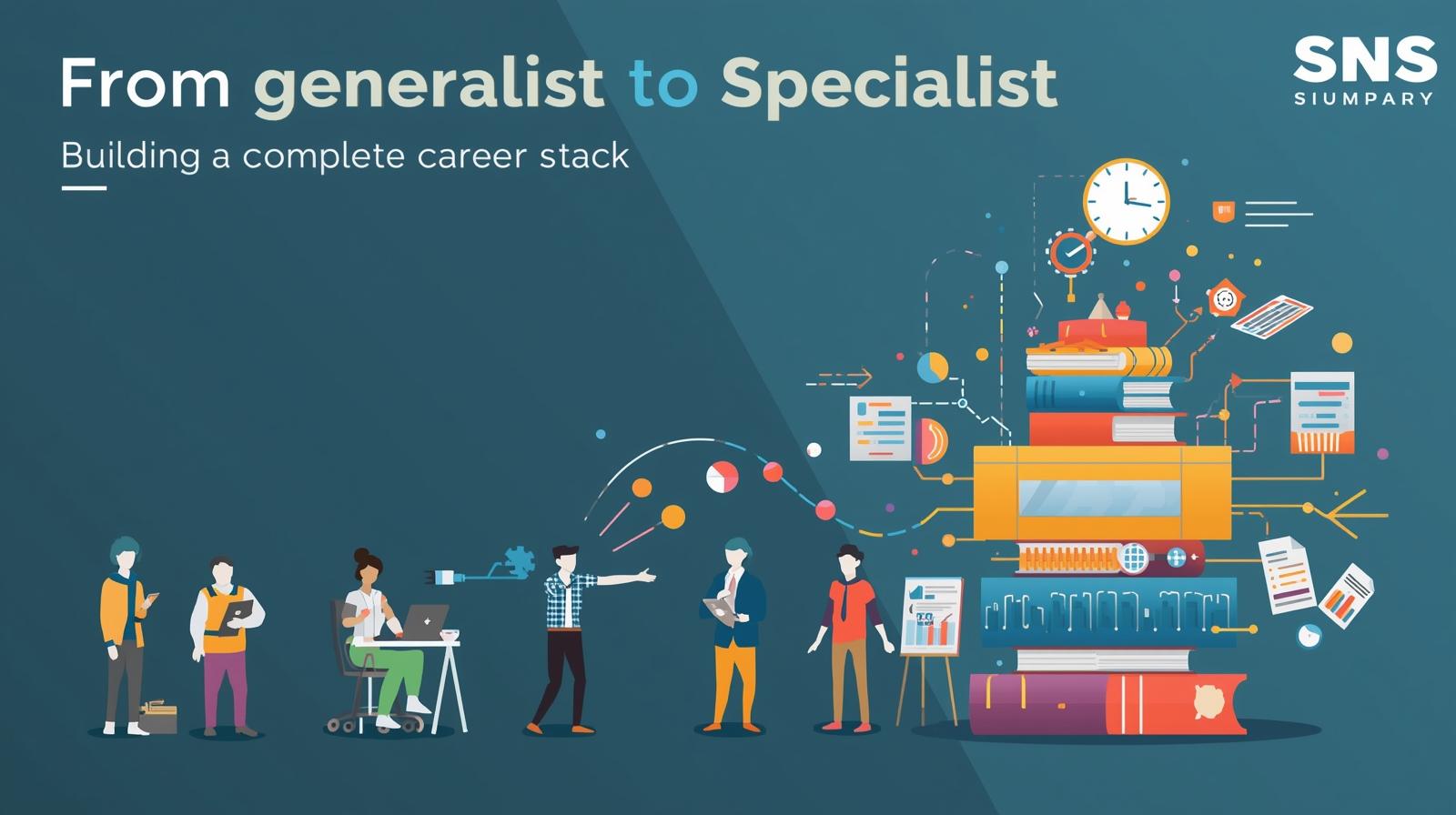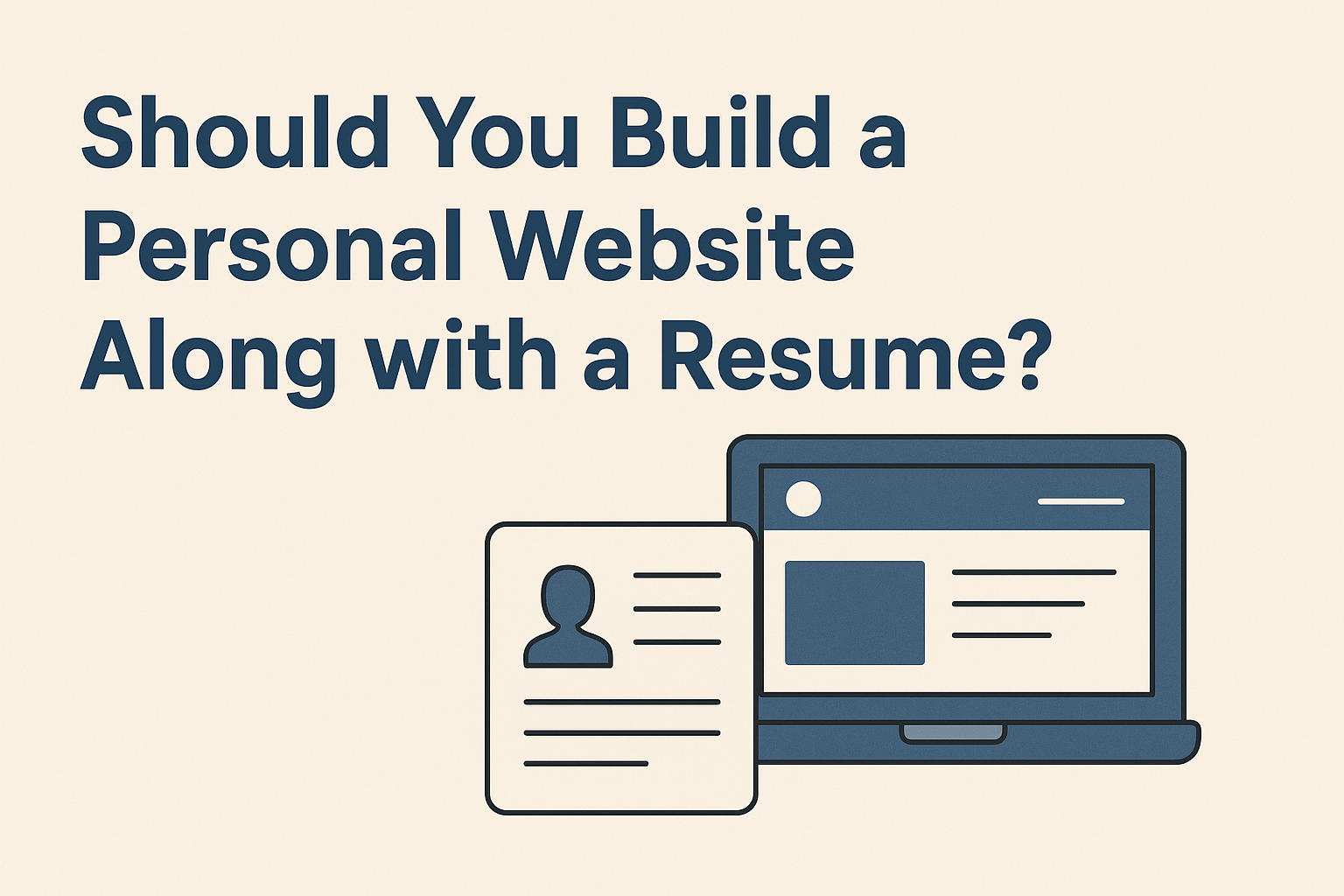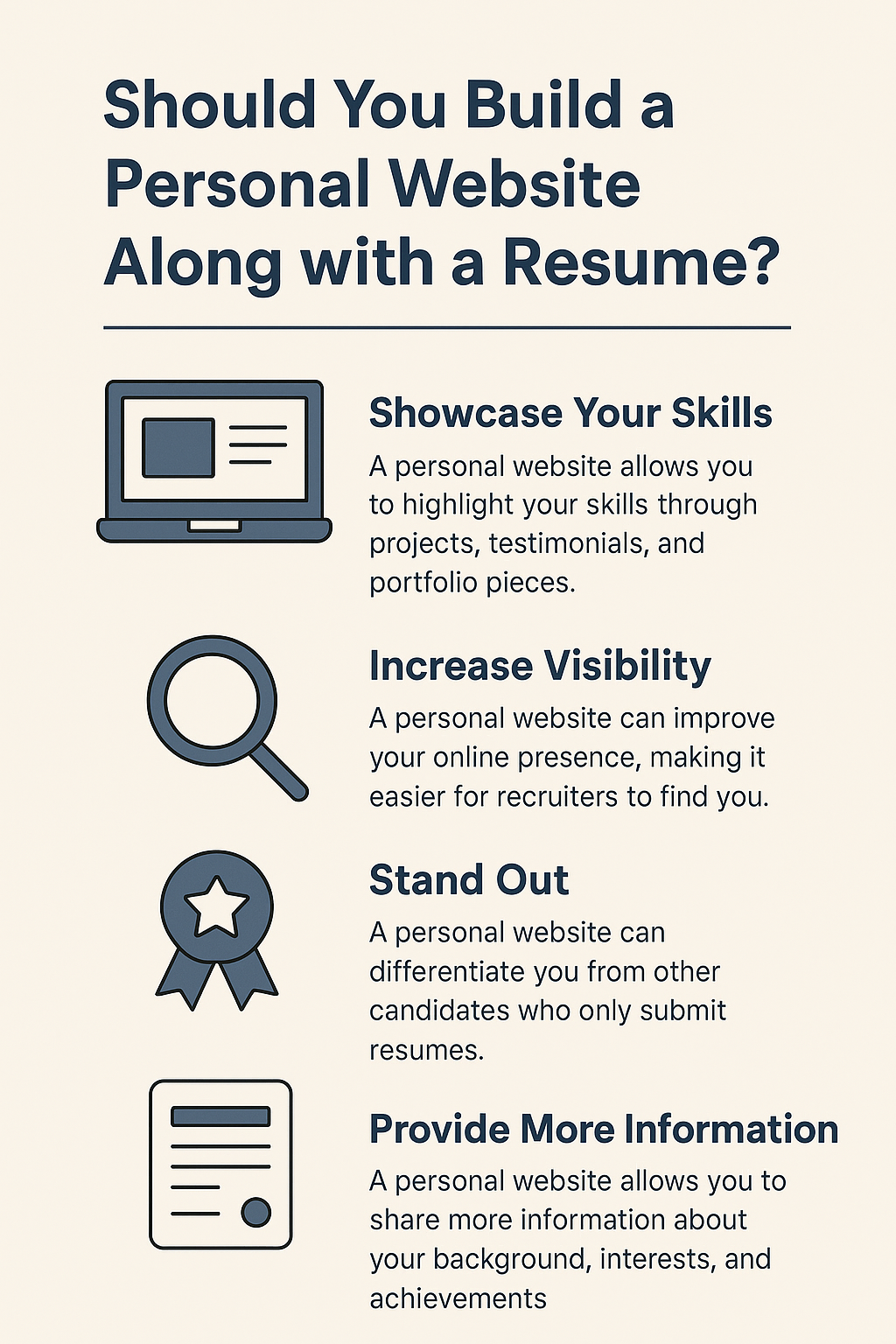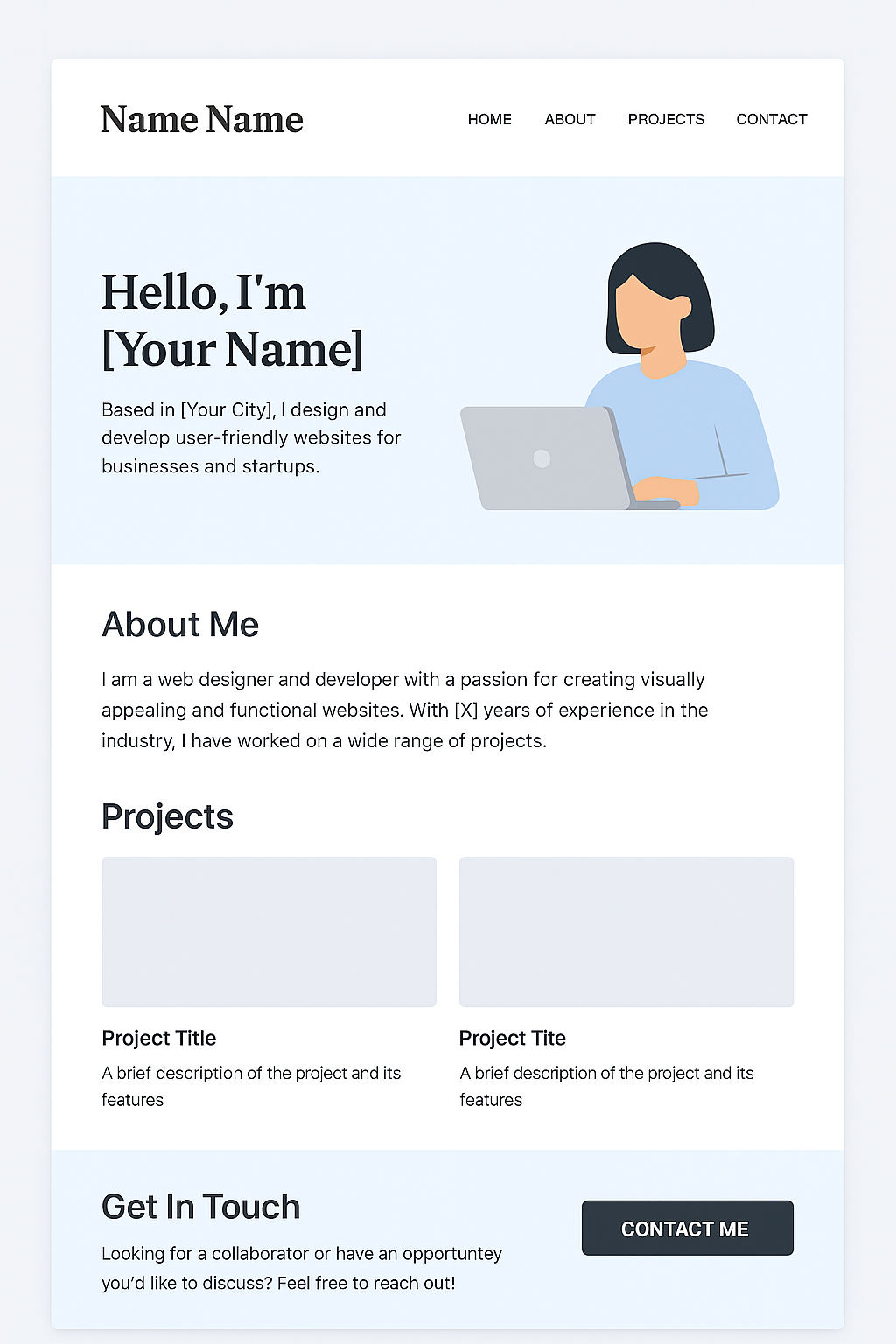A laptop and internet connection are all you need to start earning today. Whether you’re a student, a stay-at-home parent, or looking for extra income, here are proven laptop-only side hustles with low startup costs and high flexibility.
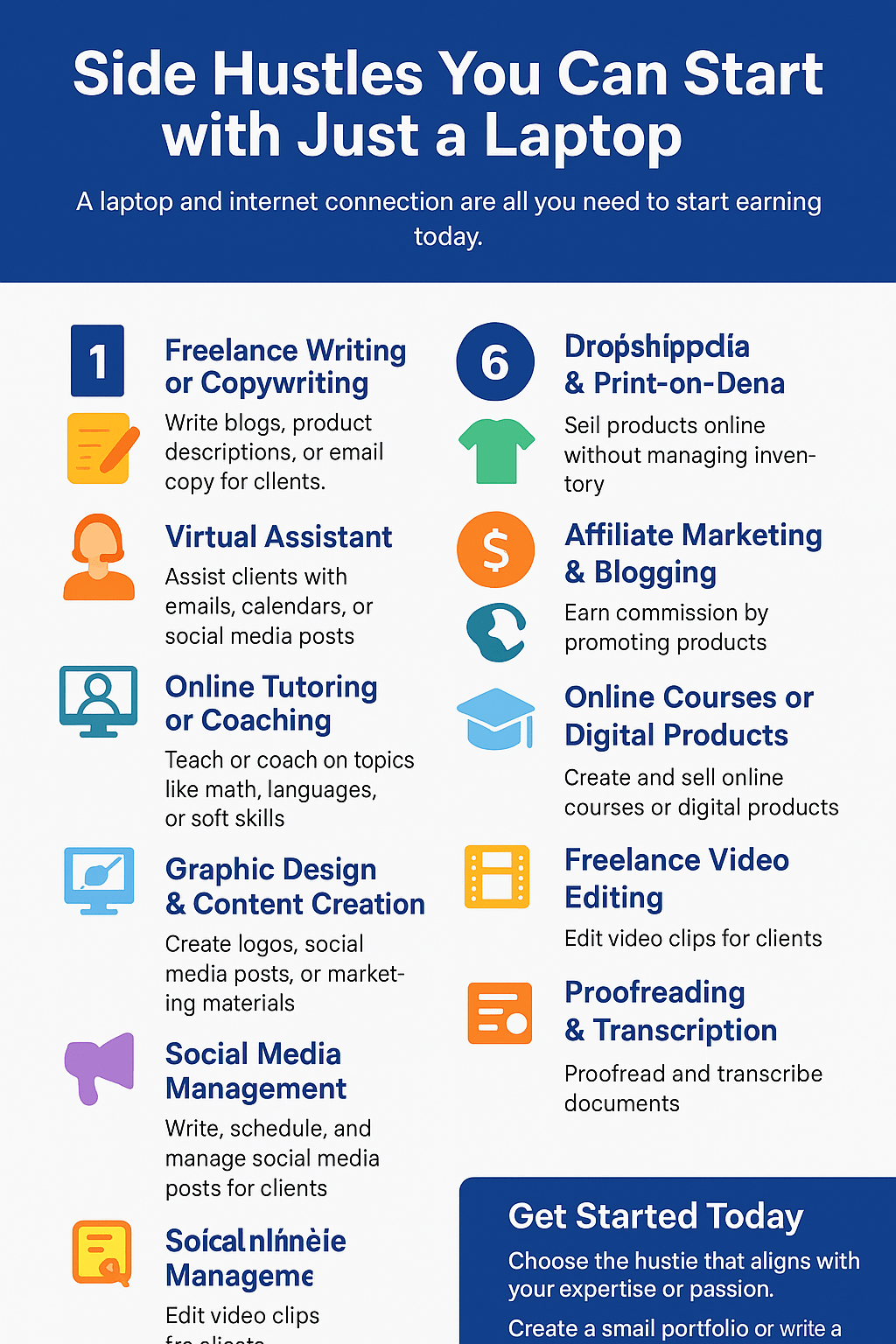
1. Freelance Writing or Copywriting
Freelance writing is still one of the easiest side hustles to pursue, with opportunities to write blogs, product descriptions, or email copy for clients around the world. Pay rates vary widely, with some writers charging $60–$100+ per project, and all you need to get started is some writing ability and access to websites like Upwork or ProBlogger.
2. Virtual Assistant
As a virtual assistant, you assist busy clients with things like emails, calendars, or social media posts, and there are tons of websites like Belay or Time Etc, which will help you find work quickly. All you need is organization skills, a laptop, and you can get started.
3. Online Tutoring or Coaching
If you’re knowledgeable in a topic such as math, languages, or even soft skills, online tutoring is a great option. Websites like Tutor.com and VIPKid allow you to teach from the comfort of your own home on your own schedule. Coaching people on anything from fitness to finances can also be profitable.
4. Graphic Design & Content Creation
Are you an artsy type? Freelance graphic designers can create logos, social media posts, or marketing pieces with tools like Canva or Illustrator for clients you can find on Behance or 99designs.
5. Social Media Management
Small businesses typically want to have a social media presence and generate buzz for their business, but they also don’t have the time. If you can write social media posts, schedule posts (using Buffer or Hootsuite), and help them manage the social media process, you can easily make some side cash from social media management.
6. Dropshipping & Print-on-Demand
E-commerce made easy. With print-on-demand or dropshipping, you sell products online without managing inventory. Platforms like Shopify and Printful let you design and sell goods, with shipping handled for you.
7. Affiliate Marketing & Blogging
Affiliate marketing allows you to earn commission on other individuals’ products by promoting them. Having a blog, or YouTube channel, or using social media will help you get started. The cost to get set up is low and can provide passive income.
8. Online Courses or Digital Products
If you have a skill that can be taught, you could package it into an online course or digital product to earn passive income. Websites like Udemy, Gumroad, and Etsy will make it easy for you to get started. After you create the product, it can begin makingარტLooks like I’m running out of tokens. Once created, your content can earn money for years.
9. Freelance Video Editing
If you can cut and stitch video together, you can do pretty well with the video editing side hustle. There are many tools (like InVideo) that allow almost anyone with a laptop to create professional-looking video content. You can find work on Fiverr or Upwork.
10. Proofreading & Transcription
Have a good eye for detail? Proofreading and transcription are side gigs you can start today. Check out Rev, TranscribeMe, or Upwork for daily opportunities to work on. Pay differs based on the project, but you’ll typically earn anywhere from $20 to $50/hour depending on complexity.
Why These Hustles Work
- Low startup cost: No need for capital beyond your laptop.
- Flexible hours: Perfect for working around studies, a job, or family.
- Skill-based growth: You build valuable digital and creative skills along the way.
Get Started Today
Choose the hustle that aligns with your expertise or passion. Create a small portfolio or write a sample. Get an account on Upwork, Fiverr, or Etsy and submit your first proposal. With a little perseverance and effective use of tools, your laptop can turn into a reliable source of additional income.
Kickstart your freelance journey with a standout Salahkart resume. Highlight your new side hustle skills with a professional resume that impresses clients and employers alike.
